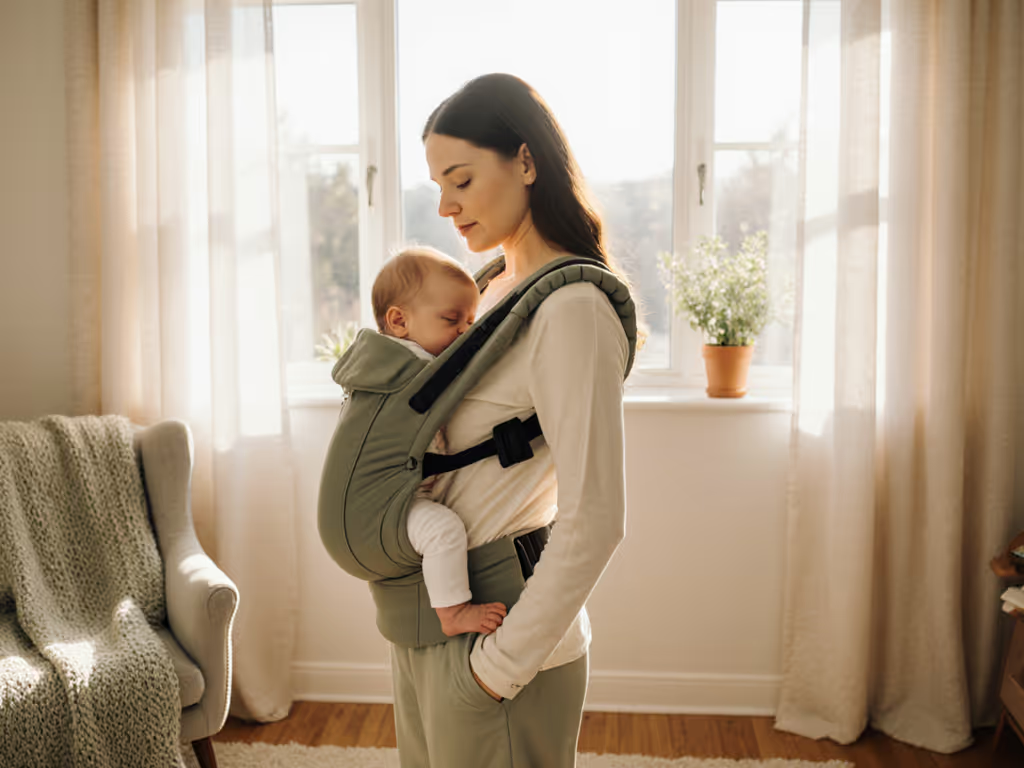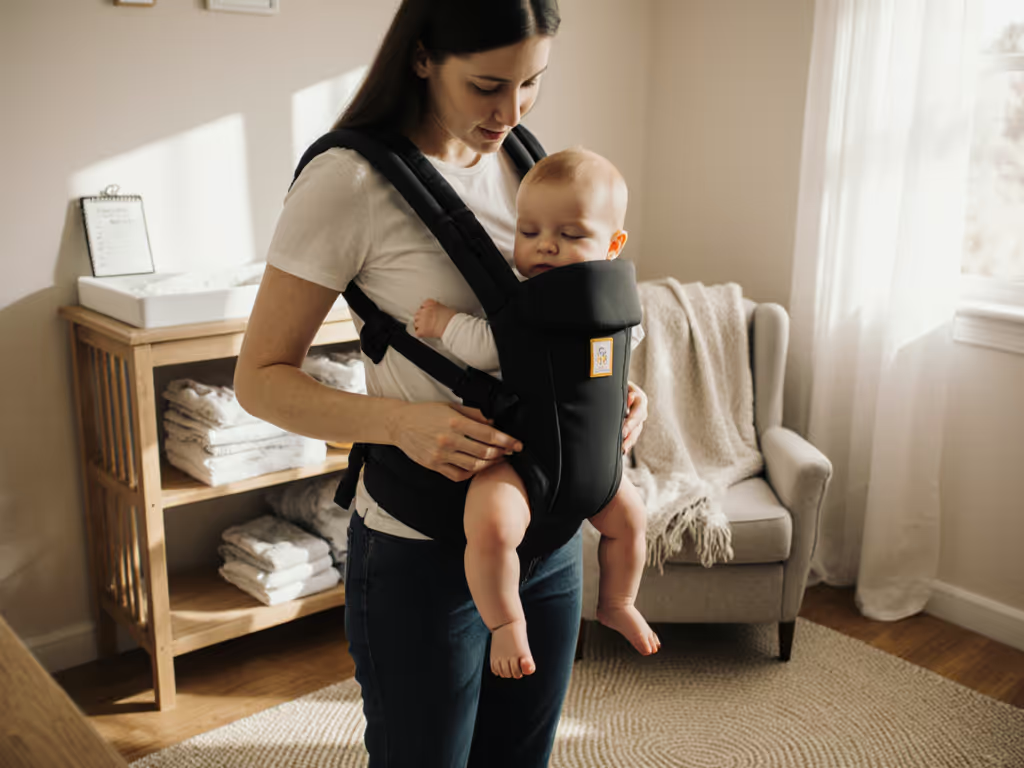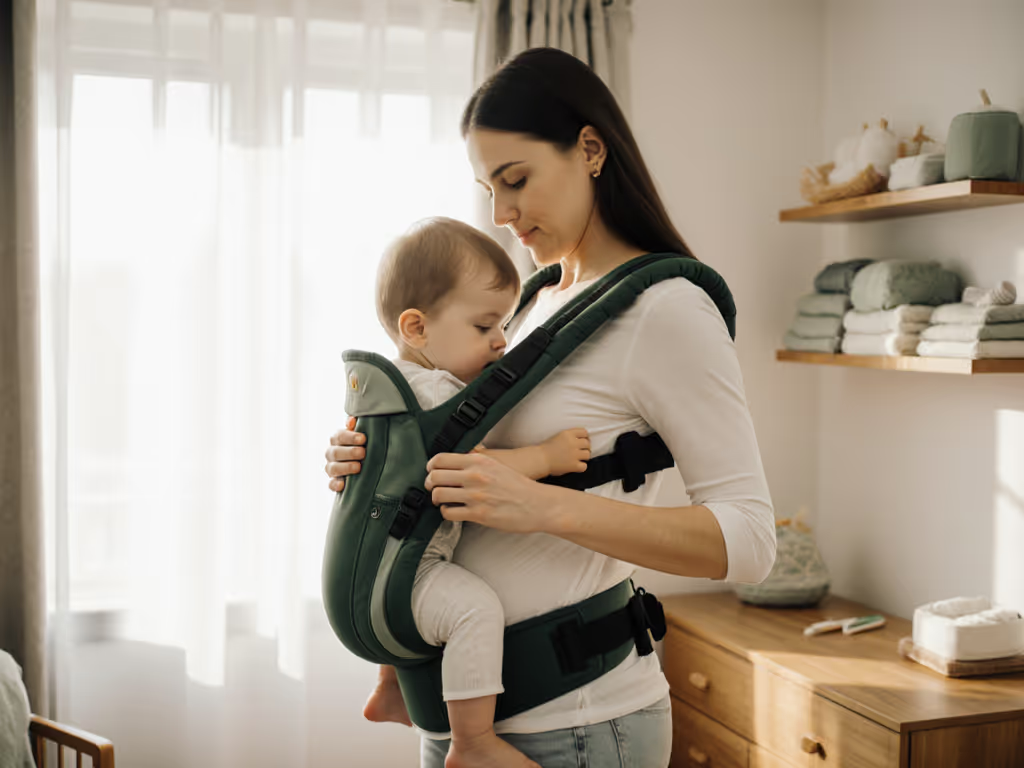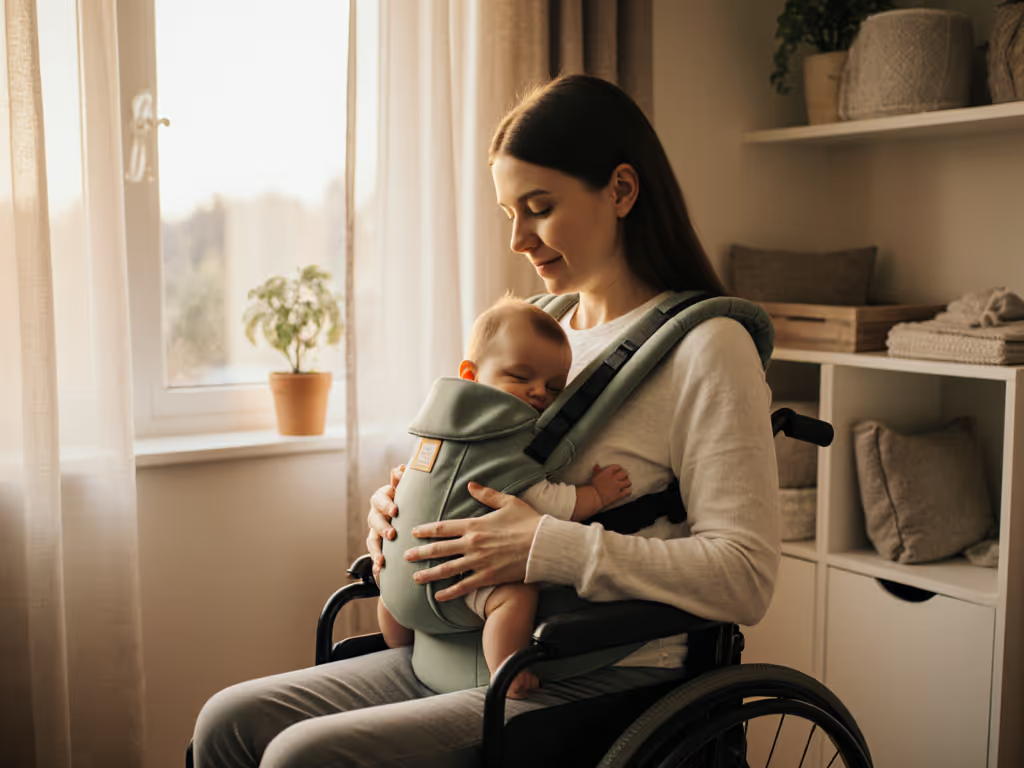
Toddler Babywearing: Safe Positions & When to Stop
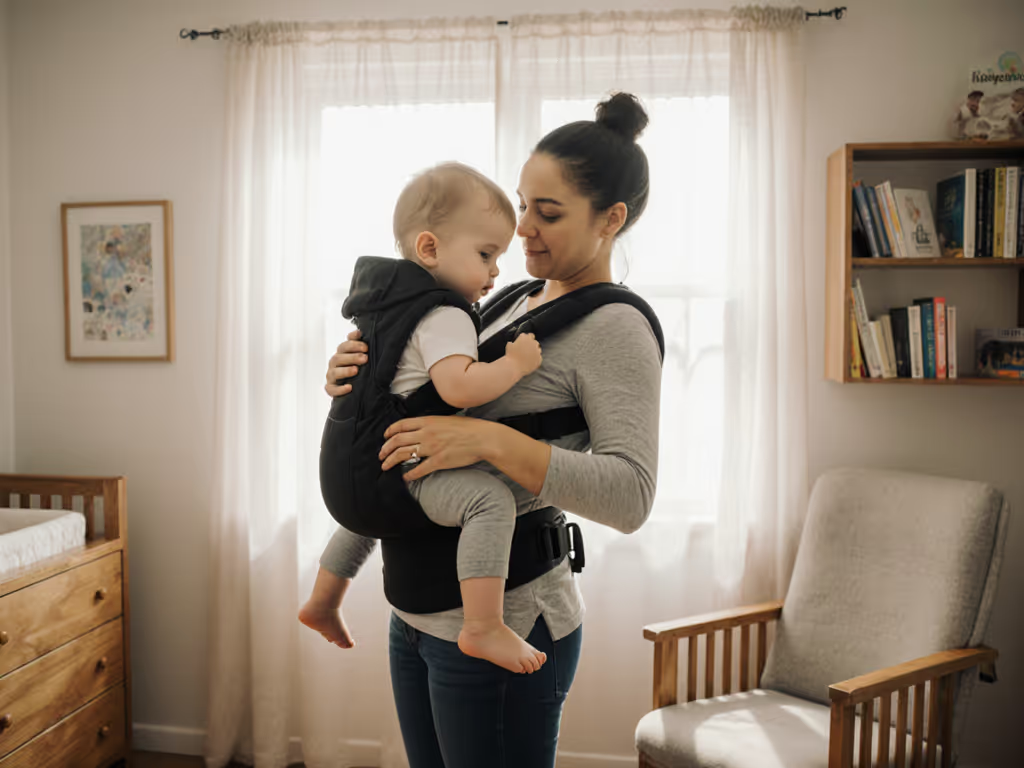
When exploring toddler babywearing, many caregivers feel caught between conflicting advice about safe positions and when to transition from infant carriers. Recent surveys show 68% of parents continue babywearing beyond 12 months, yet only 32% feel confident about proper positioning for growing toddlers. This gap between desire and knowledge creates unnecessary anxiety, especially when your child's weight distribution changes dramatically between 18-36 months. Comfort carries competence, and with the right anatomical understanding, you can navigate these transitions with confidence.
The Hidden Risks of Outgrown Carrying
Toddler babywearing introduces unique biomechanical challenges most caregivers don't anticipate. As children surpass 25 pounds, their center of gravity shifts forward, creating significant strain on your lumbar region if hip positioning isn't optimized. I remember three weeks postpartum when even a grocery run in an ill-fitting wrap left me aching, but imagine that discomfort multiplied by 15-20 pounds of toddler weight.
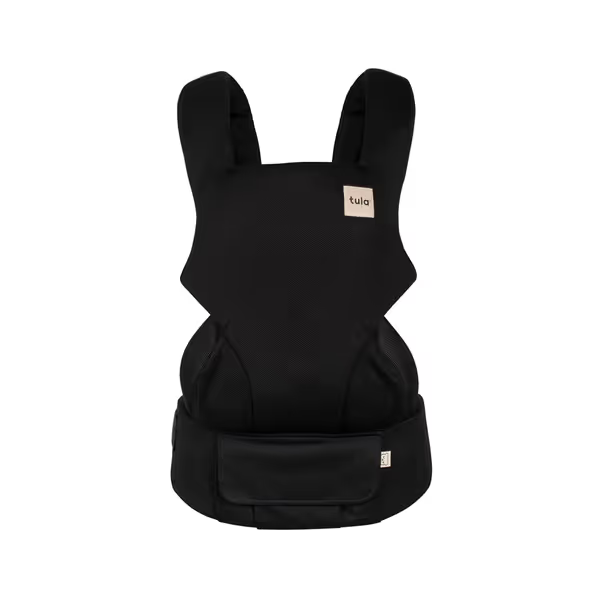
Baby Tula Explore Carrier - Mesh, Urbanista
Common safety failures occur when:
- The carrier's seat width no longer accommodates the child's hip spread (critical for hip development until age 3)
- Shoulder straps dig into caregiver's trapezius muscles due to inadequate weight redistribution
- Caregivers compensate for poor fit by arching their lower back, triggering chronic pain
- Face-to-chest positioning restricts the toddler's airway during nap transitions
Unlike newborns, toddlers actively shift their weight (sometimes dramatically) during carry. This requires carriers with micro-adjustable waistbands and shoulder straps that maintain secure positioning through sudden movements. A 2024 ergonomic study confirmed that carriers without dynamic adjustability increase caregiver injury risk by 47% when carrying children over 30 pounds.
Evidence-Based Positioning Guidelines
The T.I.C.K.S. safety framework (Tight, In view, Close enough to kiss, Chin off chest, Supported back) remains essential, but requires adaptation for toddlers. For step-by-step visuals, see our TICKS baby carrier safety guide. Let's translate these principles into actionable fit checks:
The Toddler-Specific Safety Checklist
Comfort is a posture achieved, not a promise on packaging.
Hip Support Verification
- Child's knees should sit level with or above their bottom ("M" position)
- Measure seat width: It should extend at least 1 inch beyond each hip crease
- Check for "monkey feet" (toes pointing downward indicate inadequate thigh support)
Caregiver Posture Assessment
- Stand against a wall: If you can't maintain neutral spine alignment, the carrier's weight distribution needs adjustment
- Check shoulder strap path: Should cross cleanly between shoulder and neck, not riding up toward ears
- Perform the "paper test": Slide a sheet of paper between waistband and ribs. If it slides easily, tighten the waistband
Airway Vigilance
- Toddlers often rest their head on your shoulder during naps. Ensure their chin maintains at least finger-width clearance from their chest
- Use the "kiss test" every 10 minutes: Can you comfortably lean down to kiss their forehead without straining?
Strategic Transition Points
Knowing when to stop babywearing isn't about arbitrary age limits; it's about matching developmental readiness with physical sustainability. Here's how to assess your unique situation:
Transitioning from Infant Carrier Cues
| Signal | Action | Timeframe |
|---|---|---|
| Child's legs dangle below panel | Switch to hip/back carry | Immediately |
| Frequent slumping or sliding | Check seat width measurements | Within 2 weeks |
| Caregiver experiences >2 hours of discomfort | Implement micro-adjustments | Next use |
| Child attempts to climb out | Cease front-facing carries | Immediately |
The critical difference between babywearing for toddlers and infants is mobility awareness. If you're considering facing-out carries, review our forward-facing safety comparison before your next outing. Toddlers actively seek independence, and they'll test boundaries by shifting weight unexpectedly. This requires carriers with:
- Front-adjustable straps (crucial for caregivers with shoulder mobility limitations)
- Structured waistbands that don't rely solely on compression
- Hip seat options that maintain ergonomic leg positioning Not sure which style fits your needs? See our baby carrier types comparison.
When Babywearing Becomes Counterproductive
Research shows optimal long-wear comfort diminishes when children exceed 33% of the caregiver's body weight. For most adults, this occurs between 35-45 pounds, typically around age 2-3. However, several non-weight factors determine when to stop babywearing:
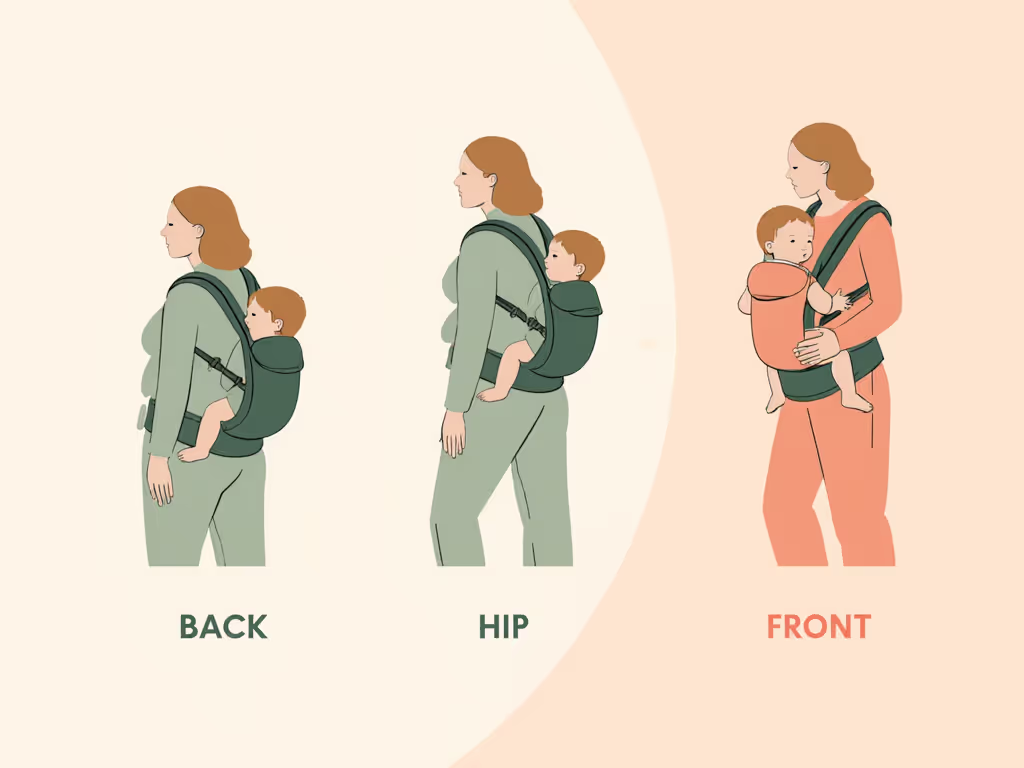
Stop-Point Indicators
- Child consistently expresses preference for walking (even if alternating)
- Caregiver requires pain medication after wearing sessions
- Visible shoulder strap indentation lasting >15 minutes post-carry
- Difficulty maintaining safe chin-to-chest clearance during naps
- Child demonstrates independent walking for >75% of outings
Importantly, "stopping" babywearing doesn't mean abandoning closeness. It often transitions to hand-holding with intermittent hip carries for tired moments. The same caregiver who felt overwhelmed by conflicting advice during infancy can now leverage hard-won expertise to make nuanced decisions.
Developing Your Personalized Stop Strategy
Rather than adhering to rigid timelines, create a customized plan using these evidence-based metrics:
The 3-Point Readiness Assessment
- Physical Readiness: Measure your child's weight against your body mass index (safe ratio: child <= 33% of caregiver weight)
- Behavioral Readiness: Track walking endurance during typical outings (e.g., "Can walk 80% of grocery trip without fatigue")
- Caregiver Readiness: Monitor post-carry recovery time (e.g., "No lingering discomfort after 30 minutes of wearing")
Many caregivers successfully extend toddler carrier positions through thoughtful transitions:
- Use hip carries (with proper thigh support) for quick errands
- Implement back carries (once child has strong core control) for longer distances
- Employ supportive carriers with dedicated hip seats for children nearing the "stop zone" For technique refreshers, read our guide to proper baby carrier positions.
Your Action Plan for Confident Toddler Carrying
Today, perform these two quick assessments to determine your current fit status:
- The Wall Test: Stand against a wall while wearing your carrier (without child). Can you maintain:
- Chin aligned over shoulders
- Shoulders relaxed away from ears
- Lumbar curve matching the wall's contour?
- The Ten-Minute Check: During your next carry session, set phone reminders at 0, 5, and 10 minutes to assess:
- Child's knee position relative to bottom
- Your breathing pattern (shallow breathing indicates strain)
- Frequency of readjustment needed
Document your findings and repeat weekly. This creates objective data to guide your transition decisions (moving beyond opinion-based advice to personalized, body-aware choices).
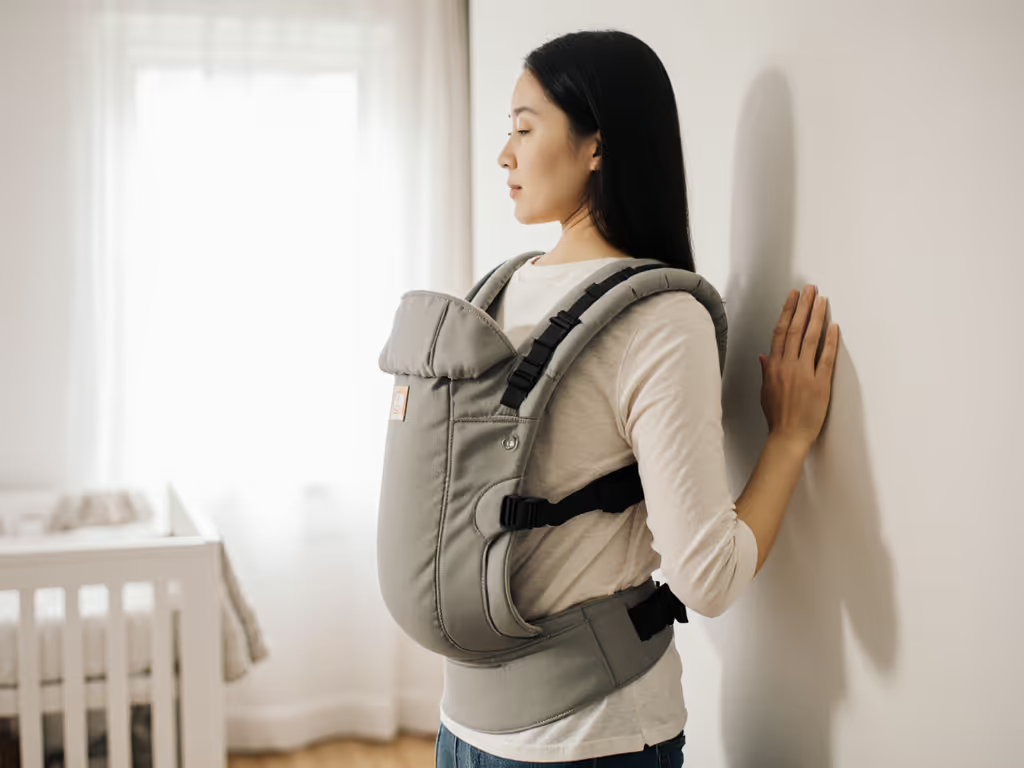
When toddler babywearing aligns with both your body's capabilities and your child's developmental needs, it becomes a sustainable practice rather than a source of strain. By implementing these repeatable fit checks, you'll recognize natural transition points before discomfort sets in, honoring your hard-earned competence as a caregiver. The journey from infant to toddler wearing isn't about "stopping" but evolving your closeness into new forms of connection that honor both your bodies' changing needs.

